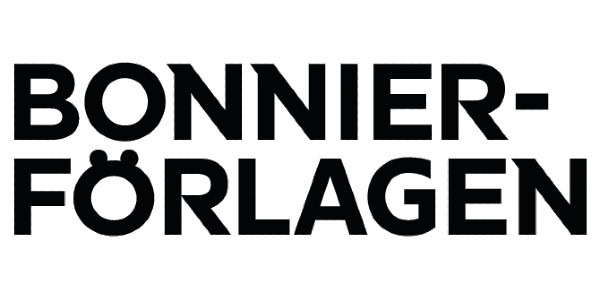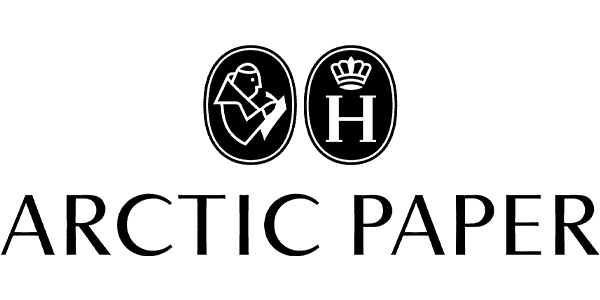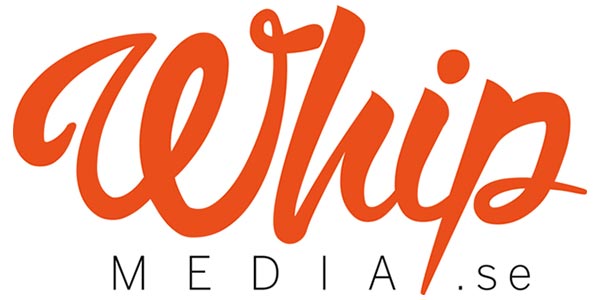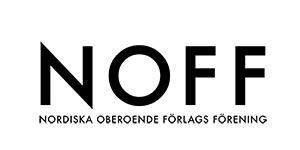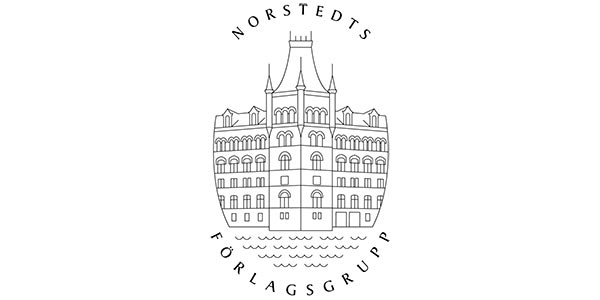
Länsförvaltningen i Sverige 1434-1520
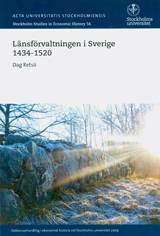
| Författare | |
|---|---|
| Förlag | Acta Universitatis Stockholmiensis |
| Format | Häftad |
| Språk | Svenska |
| Antal sidor | 452 |
| Vikt | 0 |
| Utgiven | 2009-01-01 |
| ISBN | 9789186071097 |
For long there has been lacking a systematic survey of local fiscal administration in Sweden for the period between the Engelbrekt uprising 1434 and the Stockholm blood-bath 1520. At the same time, scholarly research has paid much attention to issues of fiefs and vassalage during the period. In particular, there has been a tendency to highlight the period as one during which direct crown administration slowly replaced fiefs in return for service to the realm as the main form of local fiscal administration. Thus, the late medieval period has been regarded as one of increased centralization, pointing towards the centralized bureaucratic state of the 16th and 17th centuries. Implicitly, such a development away from a weak feudal state form has been seen as a sign of incipient modern state-building.
The purpose of this disseratation is to chart local fiscal administration in Sweden between 1434 and 1520. The emerging picture is not in accordance with earlier research. Instead, fiefs are found to be the overall dominating form of local fiscal administration during the whole period and no unambiguous tendencies towards centralization can be observed. Furthermore, the result is interpreted within the framework of modern research on the medieval state, in which the general concept of feudalism has been questioned. Fiefs are here seen as an integral part of the state apparatus rather than an infringement upon it, and a fully rational device for reducing administrative transaction costs. Ulitmately, it means that the decentralized local fiscal administration of late medieval Sweden is not a manifestation of a weak state but of a full-fledged medieval state structure and an administrative apparatus which adequately fulfilled its required functions.


